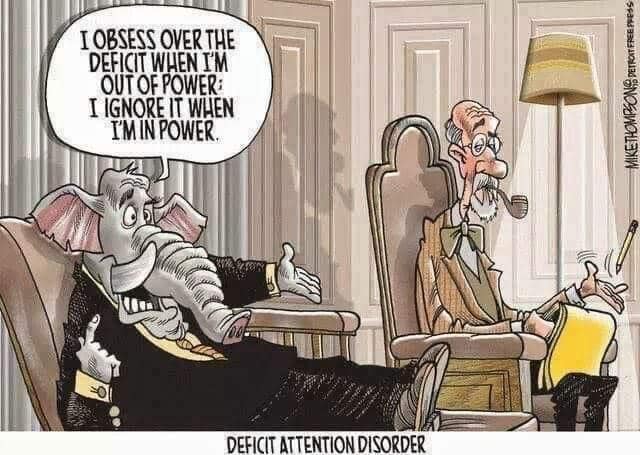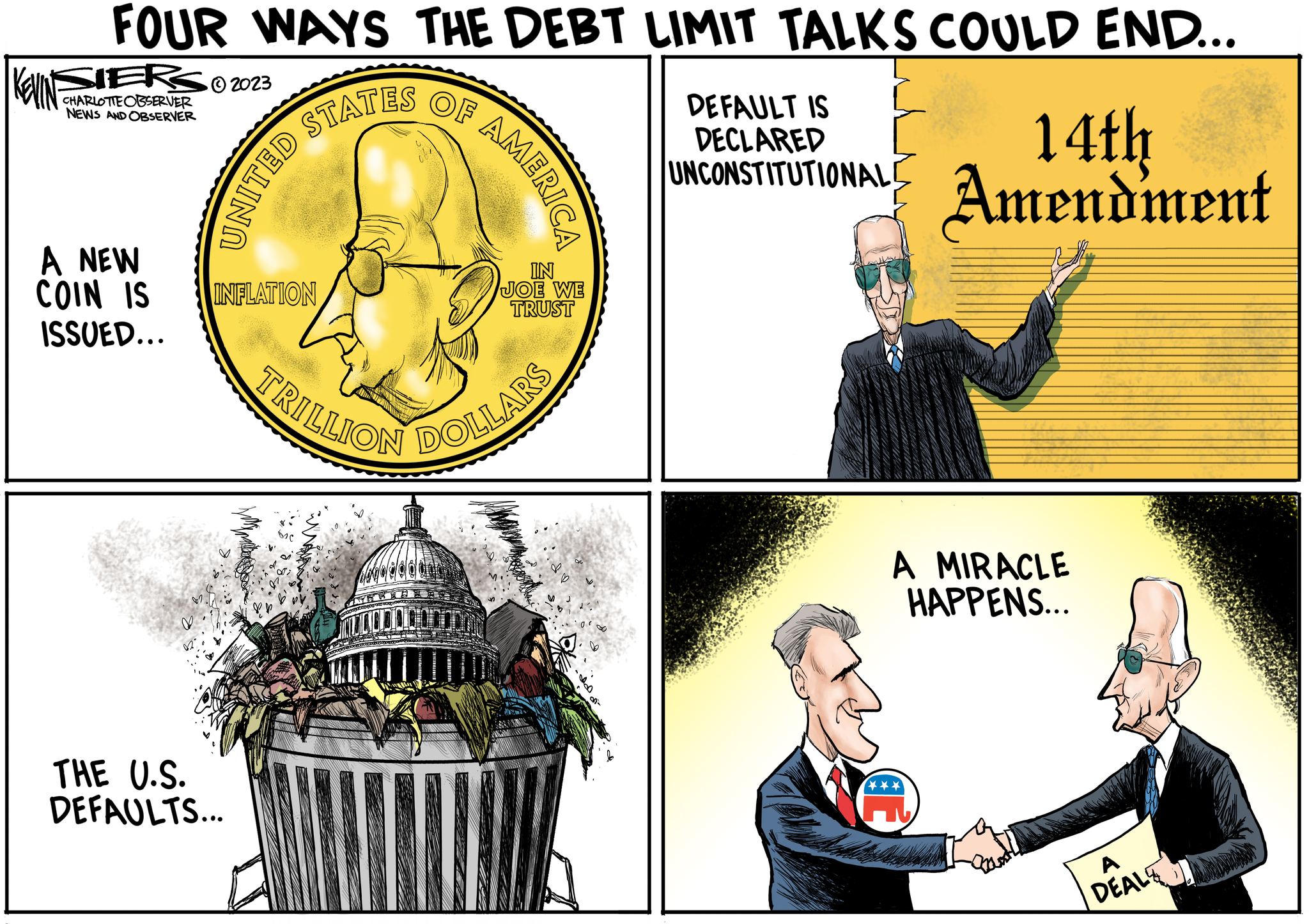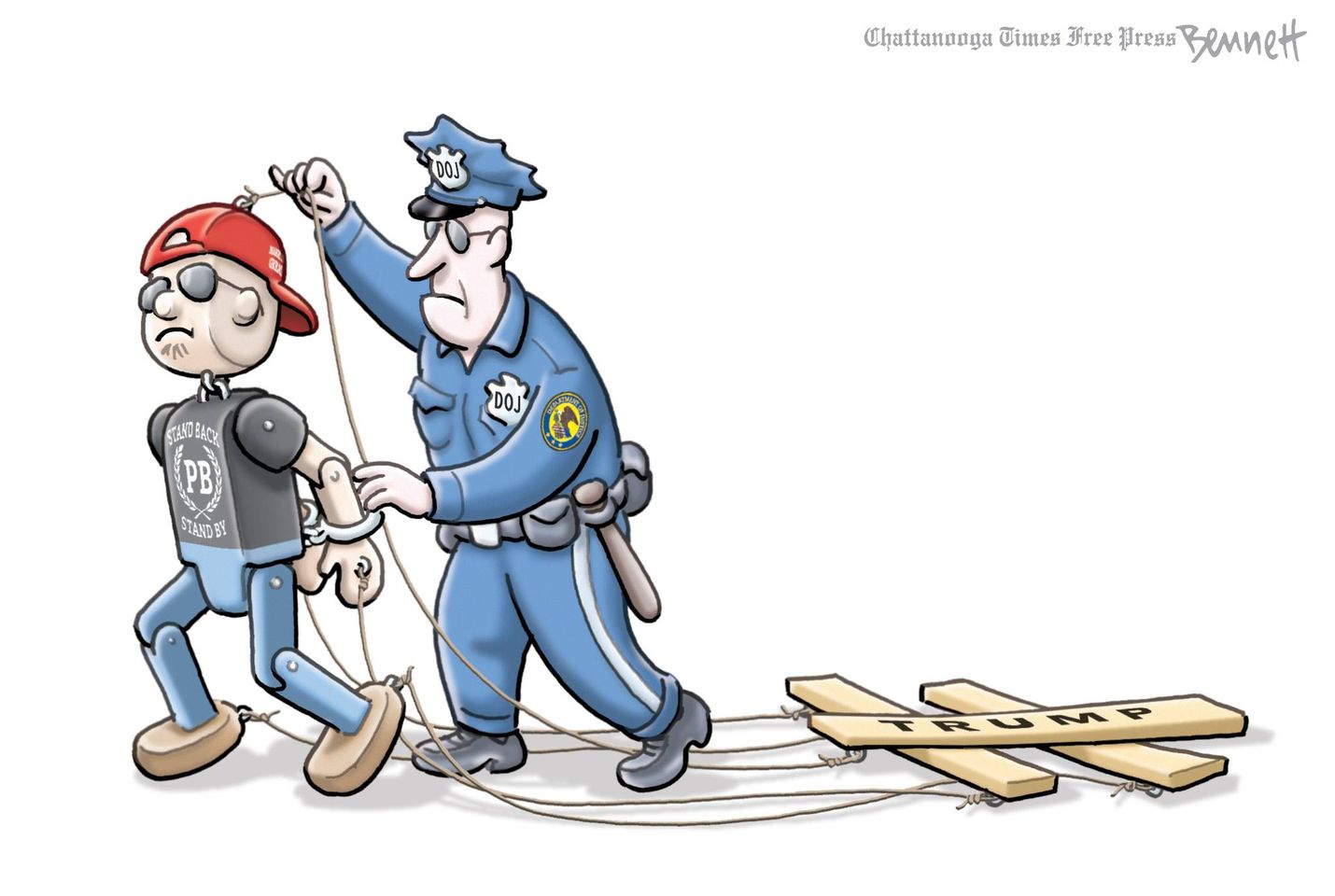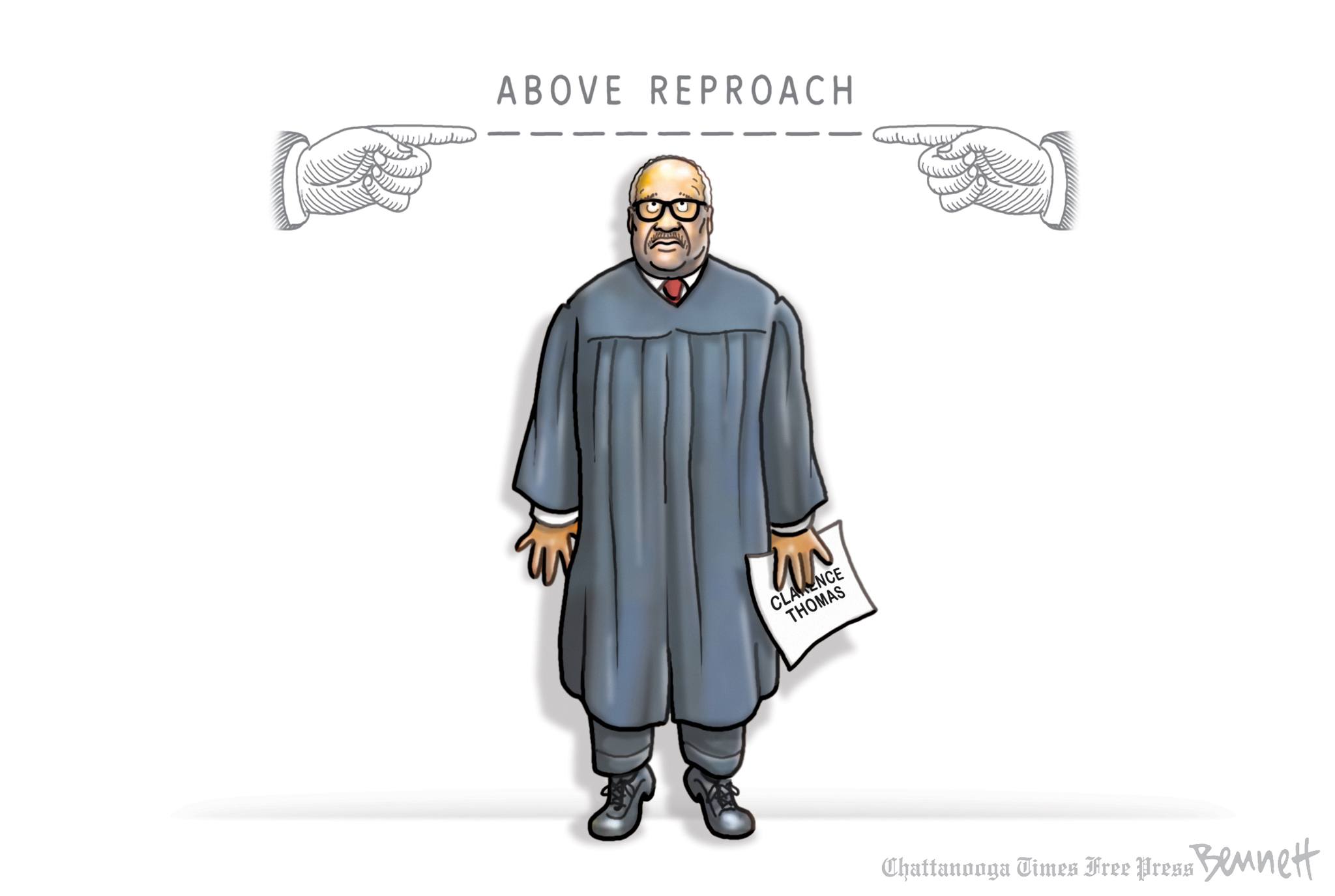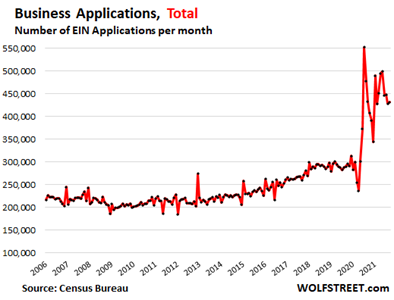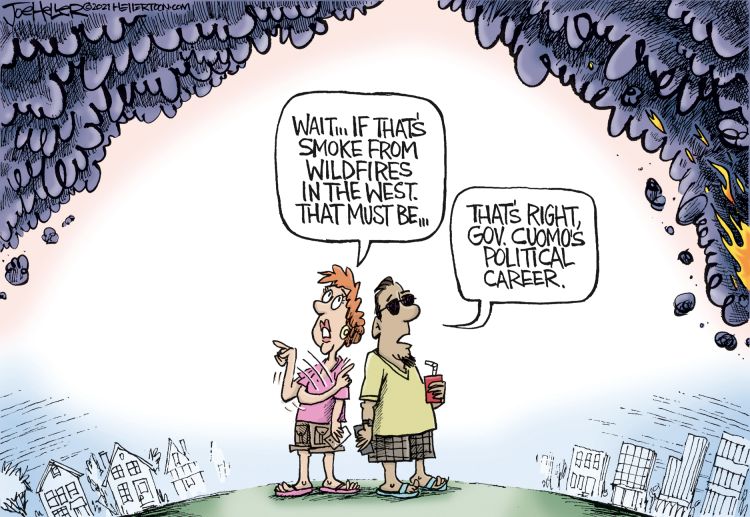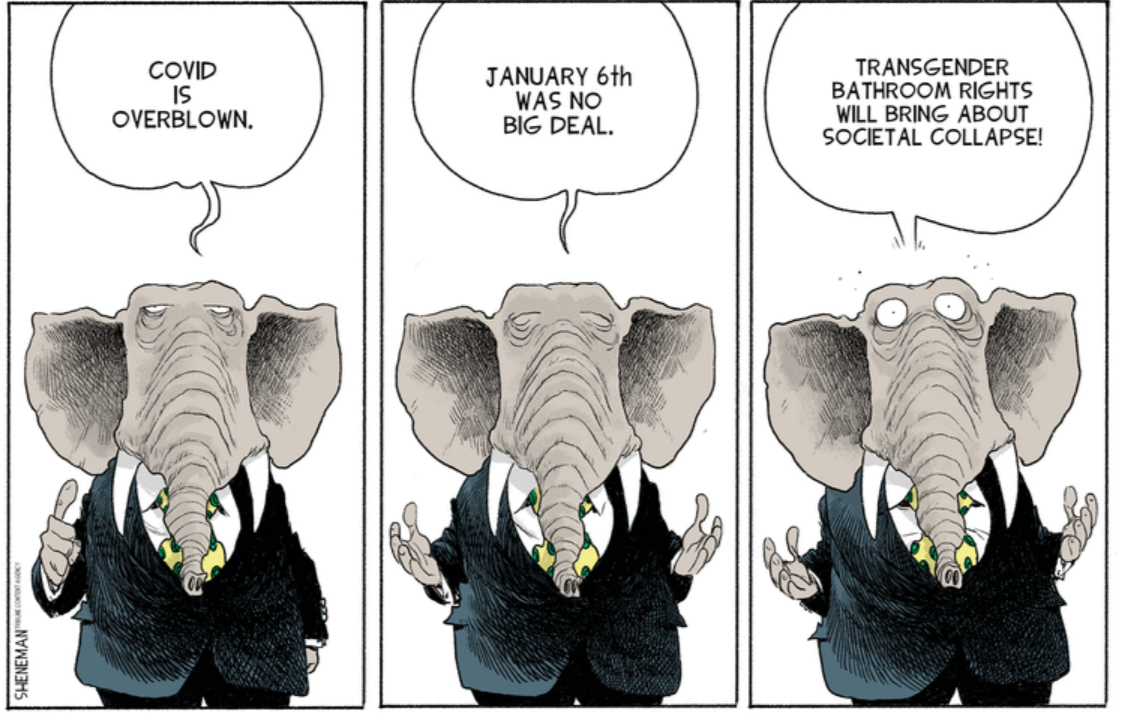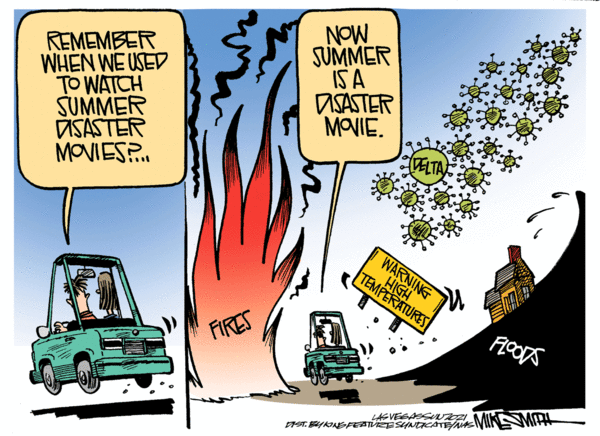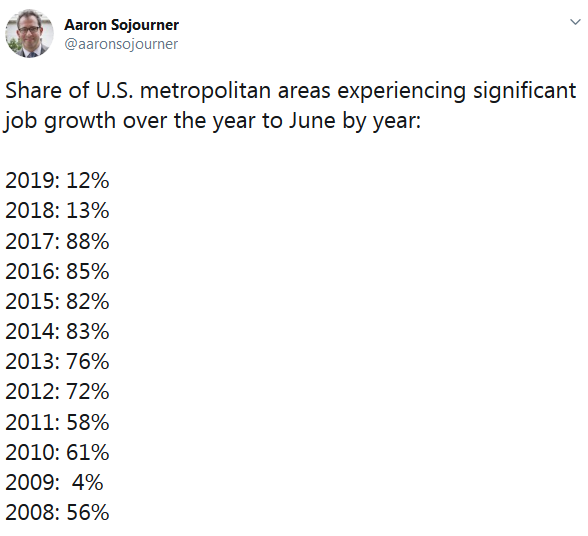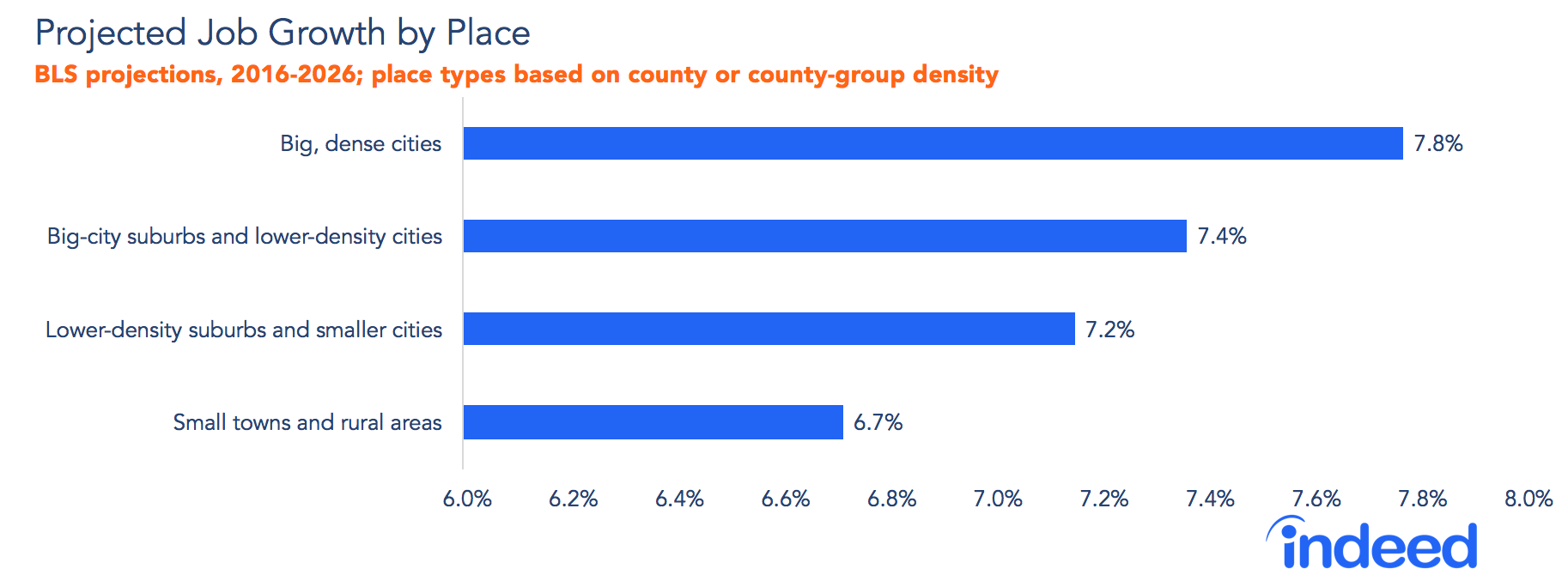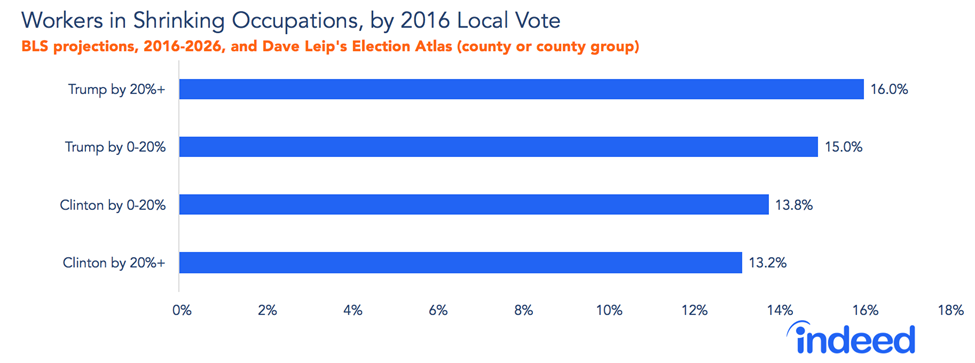The Daily Escape:

Belle, a water taxi in Camden, ME – September 2023 photo by Daniel F. Dishner
Happy Saturday, hopefully, you are getting a great start to a restful Labor Day weekend! This past week, we had friends from Los Angeles stop by the Mansion of Wrong. We had a few bottles of a delightful wine, and the question that never goes away came up again: “Why is Biden doing so badly in the polls?”
There really isn’t a good answer. The economy is doing fine, much better than the pundits expected it would be in the third quarter of 2023. But as Dan Pfeiffer points out:
“…somehow — against all common sense — the 2024 election between a competent President and an incompetent criminal — will be incredibly close. The Real Clear Politics polling average has Biden up by only 1.4%. Biden won the popular vote in 2020 by 4.5%. Given the strong Republican lean of the Electoral College, a Biden popular vote win of this size would likely mean that Trump ends up with 270 electoral votes.”
Now, Wrongo never relies on Real Clear Politics’ average of polls, but they’re not alone in offering up grim polling data, and the one thing Trump beats Biden on in surveys is running the economy, a very scary number :
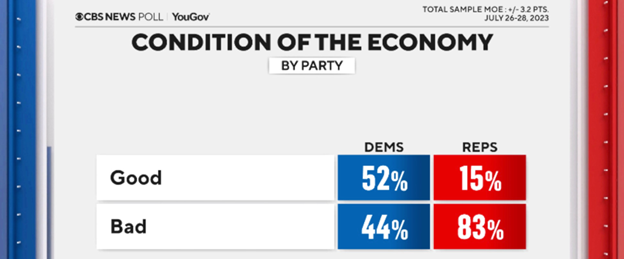
While the actual economic numbers are good, people mostly look at how much money is in their pockets, asking: “What can I buy, given what I’m earning”? The August jobs report showed continued solid gains in aggregate pay for nonsupervisory workers even after inflation is taken into account. From the Bondad blog:
“Average Hourly Earnings for Production and Nonsupervisory Personnel increased $.06, or +0.2%, to $29.00, a YoY gain of +4.5%….”
YoY is year over year. By comparison, the most recent Consumer Price Index for July was 3.3%. Pay increases have been outpacing overall CPI inflation this year. So wages are creeping up, inflation is almost under control, and there’s no recession on the horizon.
A helpful statistic is that spending on pleasure boats is near previous highs, Axios reports:
“Why it matters: You don’t buy a boat unless you’re feeling fairly confident the economic wind is at your back. So this is a good sign for the economy. The ongoing boat-buying binge — which began during COVID shutdowns — is another strike against the once dominant “looming recession” narrative.”
One million used boats sold in the last 12 months! One guess as to who’s buying all of these boats: It isn’t the antifa-BLM Marxist globalists from big cities and blue states. Florida and Texas are in the top three states in revenues from boating.
And you won’t buy a boat unless you’re fairly confident that the economic wind is at your back. That means despite what people are telling pollsters, people are feeling pretty good about the economy.
Pfeiffer notes that all isn’t lost. As of now, Biden is in better shape politically than Obama was at this juncture. August of 2011 was the first (and only) time Obama’s approval dropped below 40%, and he was losing to a generic Republican. More:
“The primary reason for the statistical tie in the race is that Trump is holding onto more of his 2020 vote than Biden. In a NYT poll, 91% of Trump’s 2020 voters are supporting him again while only 87% percent of Biden’s voters plan to vote for him in 2024.”
More:
“Among Biden’s 2020 voters, only 77% percent of Democrats in the poll have a favorable opinion of Biden, compared to 80% of Republicans for Trump.”
But Pfeiffer says we shouldn’t panic, because convincing people who have already voted for Biden to vote for him again is doable, and easier than convincing a Trumper to vote for Biden. But despite that, given the Reddish tilt to the Electoral College, we should assume that 2024, like the 2020 presidential election, will depend on a number of voters smaller than the number of attendees at a Taylor Swift concert.
A second point we talked about was Biden’s age. There are two referendums that will be a part of the 2024 presidential election. First, on Trump and his 91 counts. Second, on Biden’s age and whether he seems up to the task going forward.
It’s one thing for Biden to tell us about all that his administration has accomplished in 3 years. His results should be pitched to turn his vulnerability as an older person into a perception of wisdom. He needs to convince voters that the country is on a good path and that Biden, our captain, with his age and experience, has steered us to where we’re starting to see success.
Charlie Sykes suggests the pitch should sound like this:
“We’ve done the hard work. We took the punches. We had a plan and now it’s starting to turn around. So the question is, as we come back, who do you want in charge for the next four years?”
And when Republicans spew their litany of racial hatred, and class warfare, Biden should be saying:
“Working folks like you need cheaper prescription drugs, you need to be able to spend more time with your family by getting better wages for your labor…”
Ultimately 2024 will be about voter turnout. Convincing younger voters and those who aren’t fired up about Biden to come out to the polls will decide America’s fate.
Now take a beat and forget about the many crises we face. Let’s focus instead on our Saturday Soother. We’re expecting beautiful weather in the northeast, and much of our time will be spent outside. So join Wrongo in pulling up a comfy chair in the shade and spend a few minutes watching this lovely video of a Loon family swimming on a lake in a thunderstorm. It’s guaranteed to improve your outlook. You may want to bookmark this video to use whenever our politics are driving you nuts:



